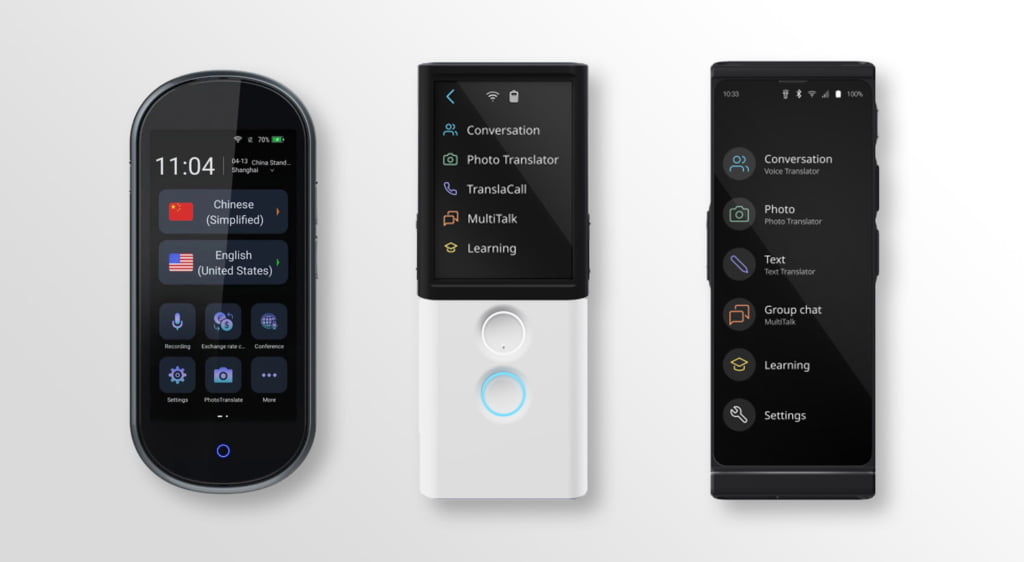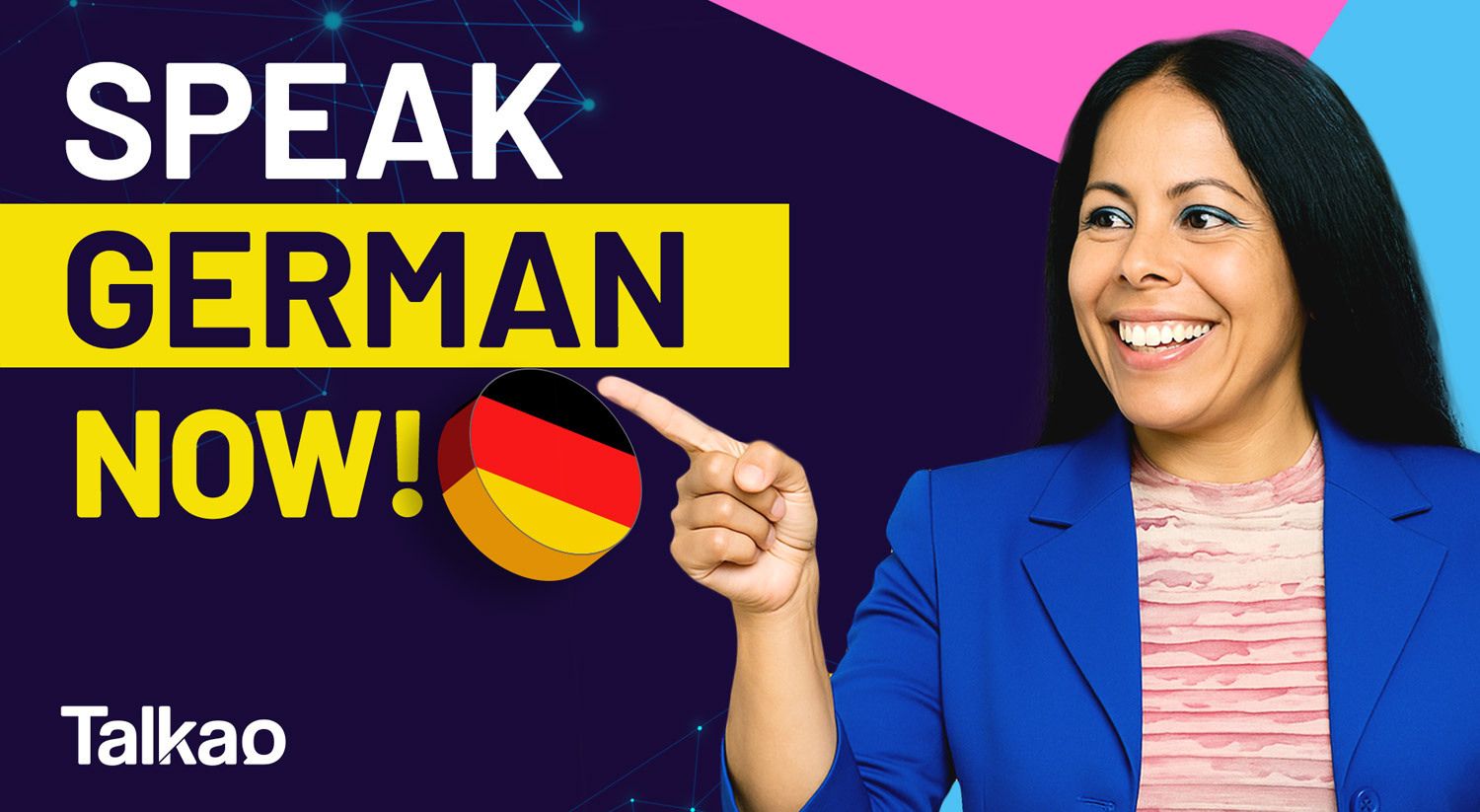
Live better experiences with a travel translator
If you are planning to travel abroad, you have probably wondered if it will be difficult to communicate with people in the country you are visiting.
Not being able to understand each other in a new place can be frustrating. It limits the possibilities of your trip and prevents you from enjoying new experiences in the same way.
To solve this problem you have 2 options, both in the form of a translator. One is portable or electronic translators and the other is translation applications that can be installed on your mobile phone. Both offer accurate translations with a very short waiting time.
Let’s look at the differences between these translators so you can make the best choice for your travels.
Choose the best travel translator
Electronic or portable translator

Portable translators are electronic devices that are smaller than cell phones, making them easier to carry, and are primarily designed to assist with real-time language translation, although they may have other features such as image or text translation.
Advantages
No internet connection required: Many of these devices can work without an Internet connection. An option to take into account when traveling to places where connectivity is limited or in places where the use of cell phones is not allowed (medical centers, airplanes, etc…).
User-friendly interface: Portable translators usually have a simple and easy-to-use interface, making them accessible to non-technical people.
Privacy and security: Since they do not require an Internet connection to provide the service, portable translators can work independently, an advantage if you are concerned about privacy and data security.
Disadvantages
High price: The price of a portable translator for traveling ranges from $150 to $400, depending on the features of each model. The best known and rated are Vasco and Duckdik. Compared to the price of mobile applications can be high depending on the use we are going to give.
Obsolescence: Portable translators cannot take advantage of the advances and innovations introduced by technology companies. They are limited by the capabilities of the hardware and software. However, with mobile applications, this problem can be solved thanks to the updates of both the application and the operating system, be it Android or iOS.
Electronic translators: Vasco – Duckdik
Translation Apps

Advantages
Always updated with the latest technologies: As an application, it receives regular updates and constant improvements, which increases its longevity. This prevents it from becoming obsolete in a few years and allows you to take advantage of technological advances such as artificial intelligence or augmented reality.
Low cost: The price difference can be important, especially if we need to use the application for one trip a year. Translation applications give us more flexibility if we sign up for a payment plan. They usually give us the option to make an annual or monthly payment, with the ability to cancel if we don’t need it. We can even keep the free option as long as it meets our needs.
More options: When it comes to choosing the translation application that best suits your needs, you have many more options than with electronic translators. You can try it for a few days to see if it’s really worth it, and if you don’t get the results you expected, it’s as easy as uninstalling and finding another translation app.
Disadvantages
We really don’t find any disadvantages with these travel translators. You have a wide variety to choose from, with a lot of flexibility when it comes to subscribing to a plan and you will always be up to date with the latest news.
Translations apps: Talkao Translate – Google Translate – Microsoft Translator












Newsletter